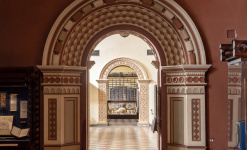Siberia in the 16th – 17th centuries
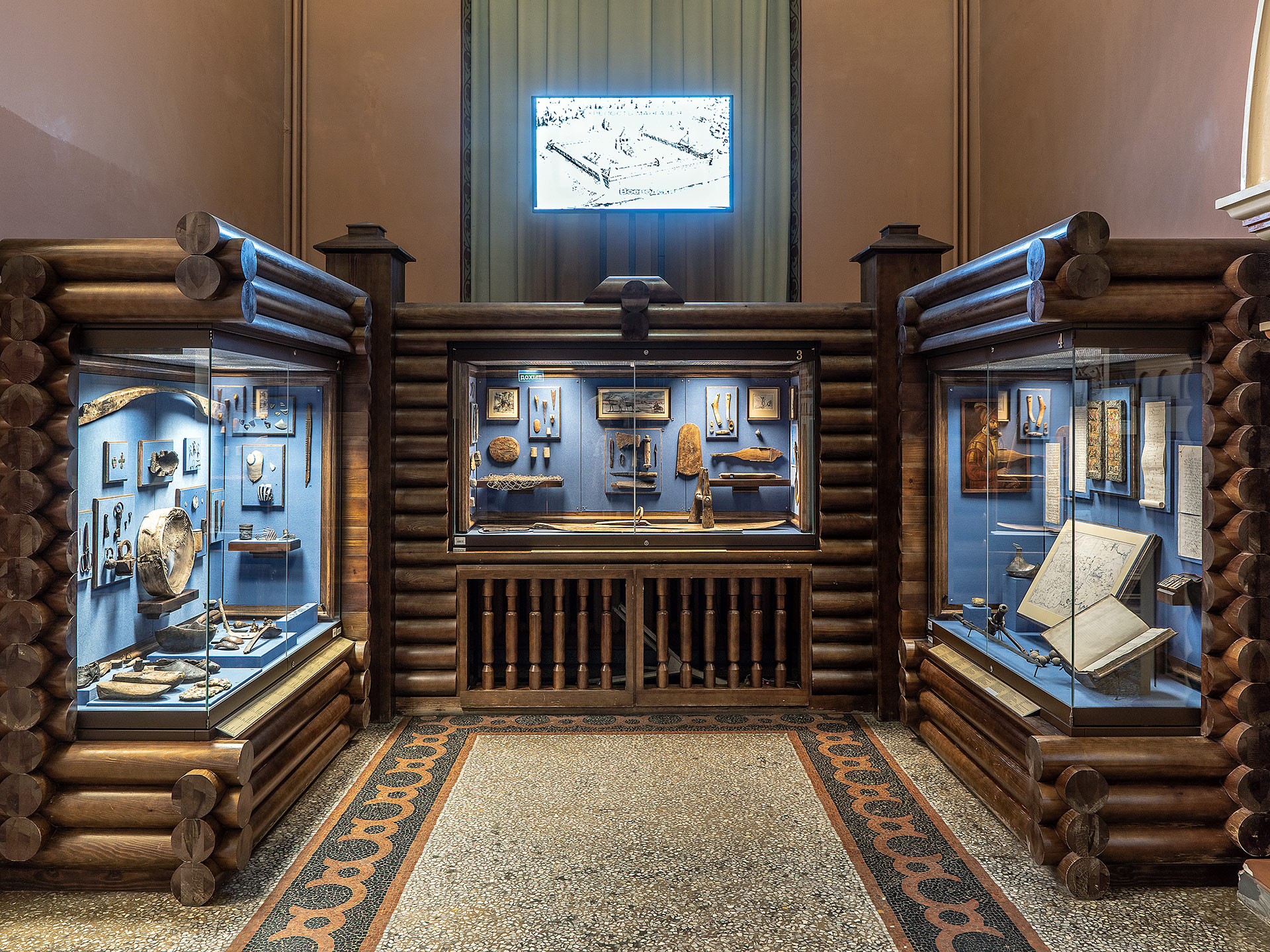
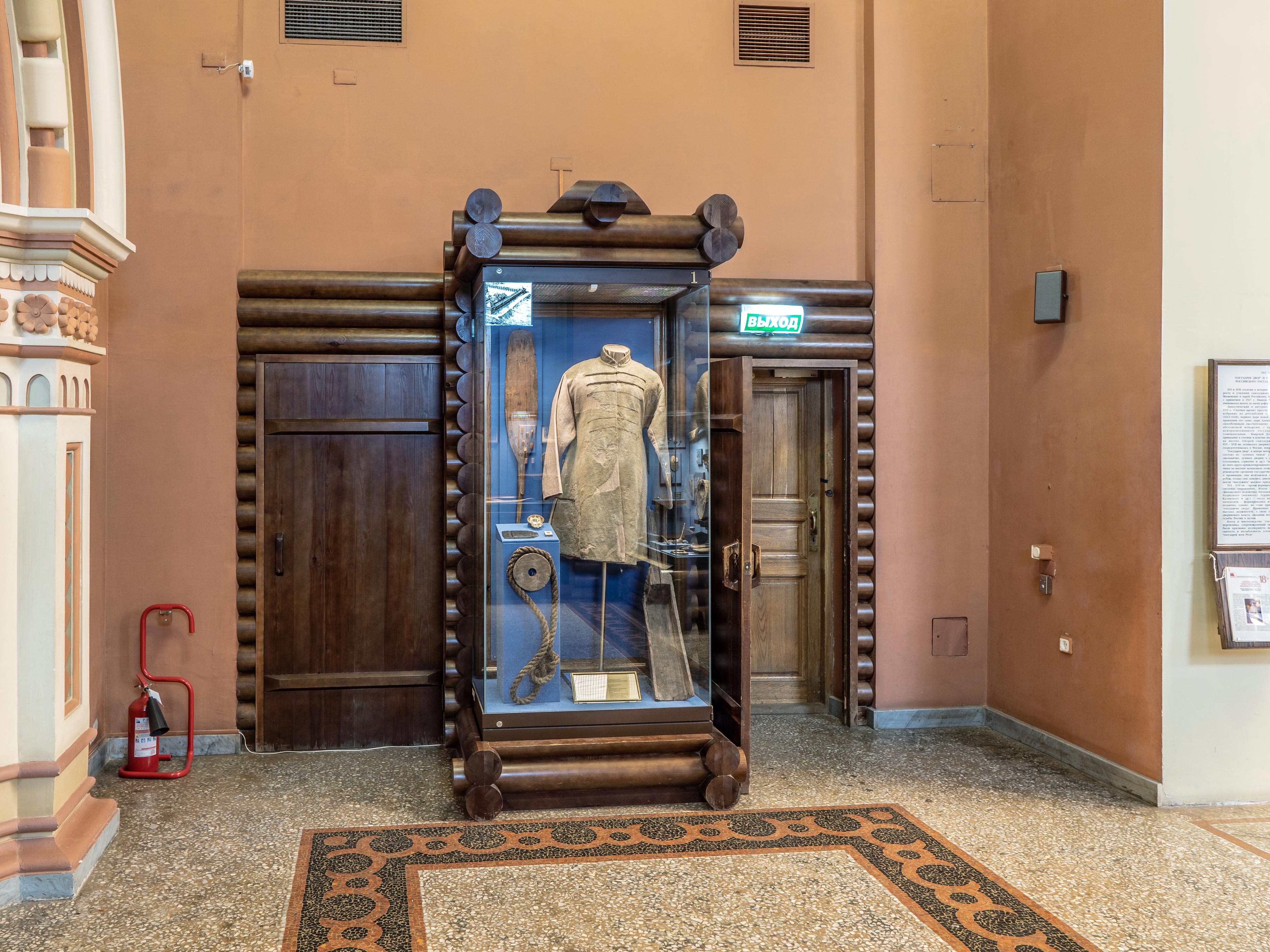
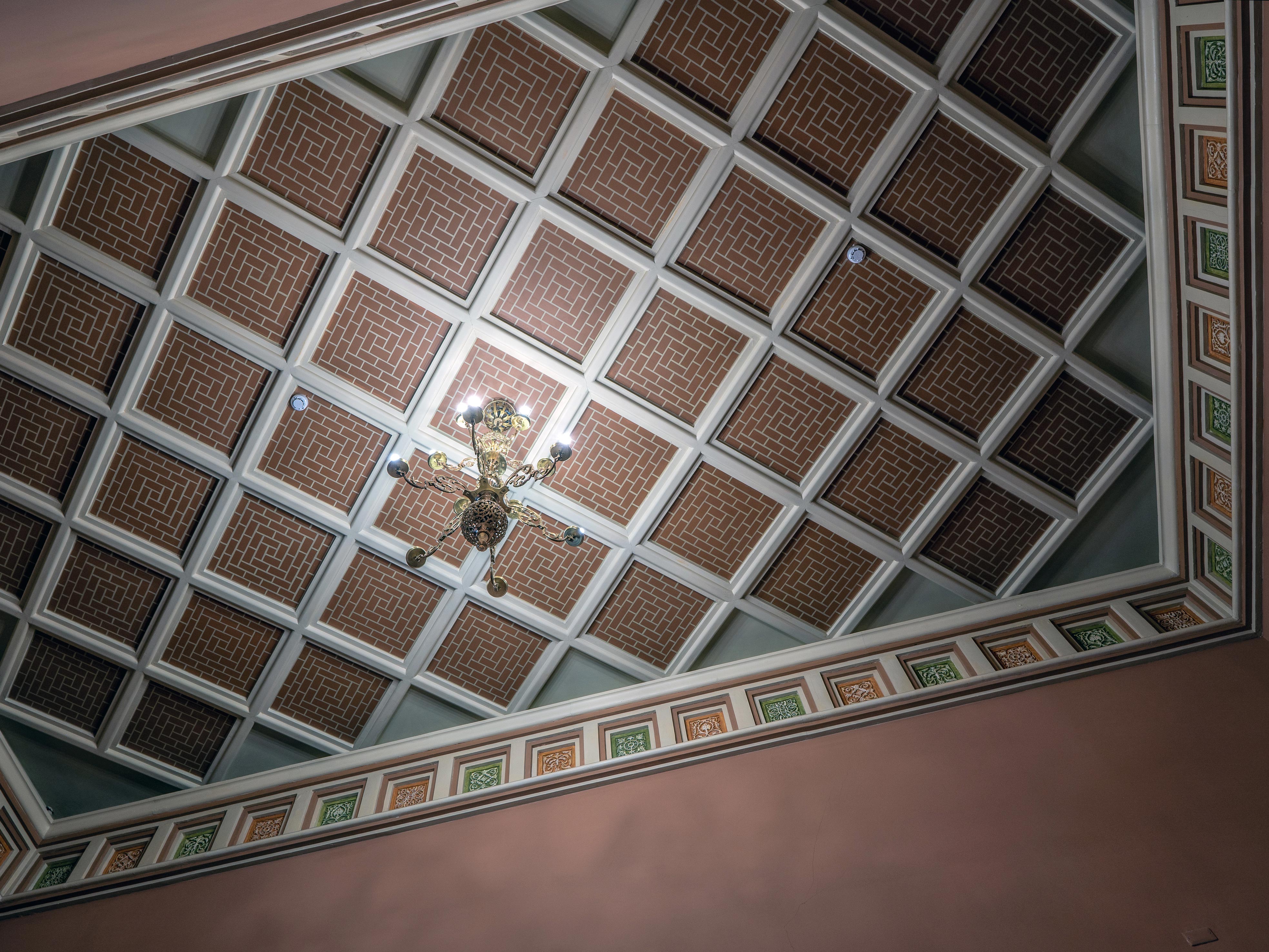
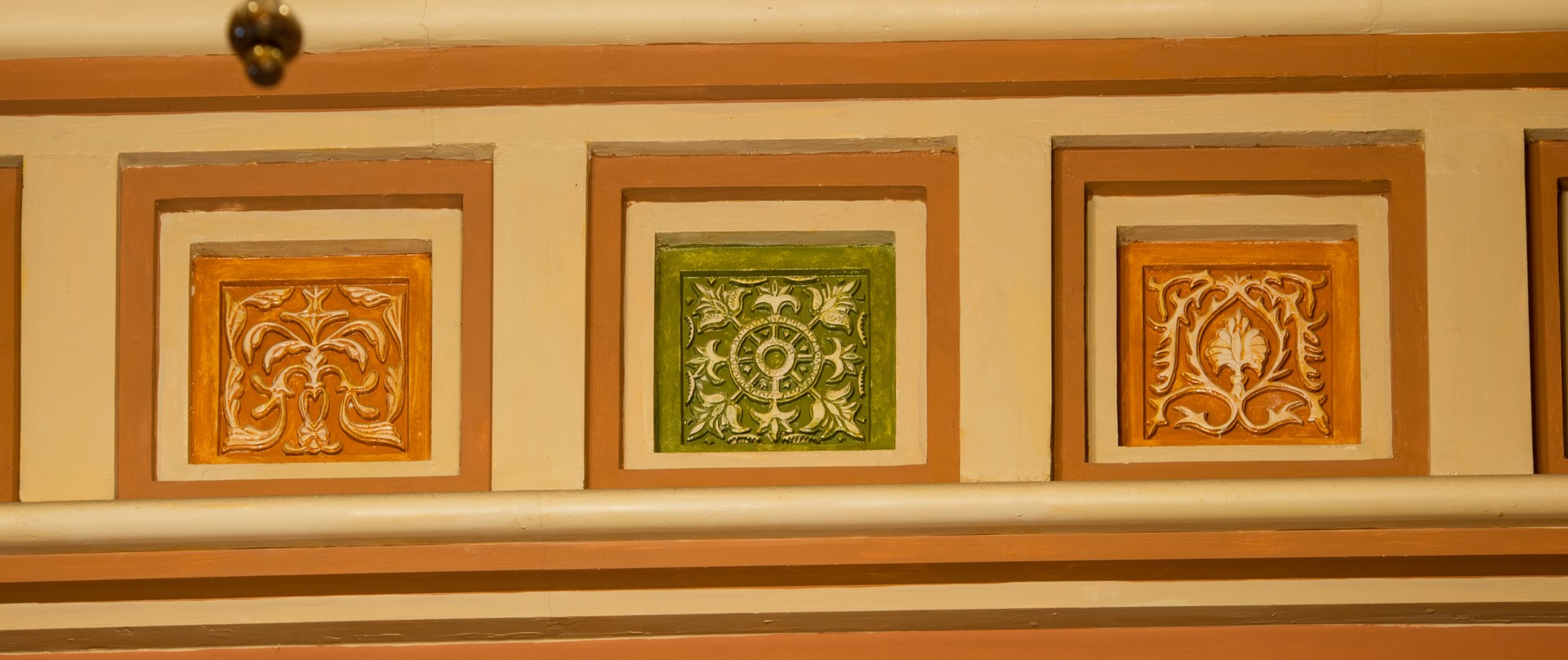
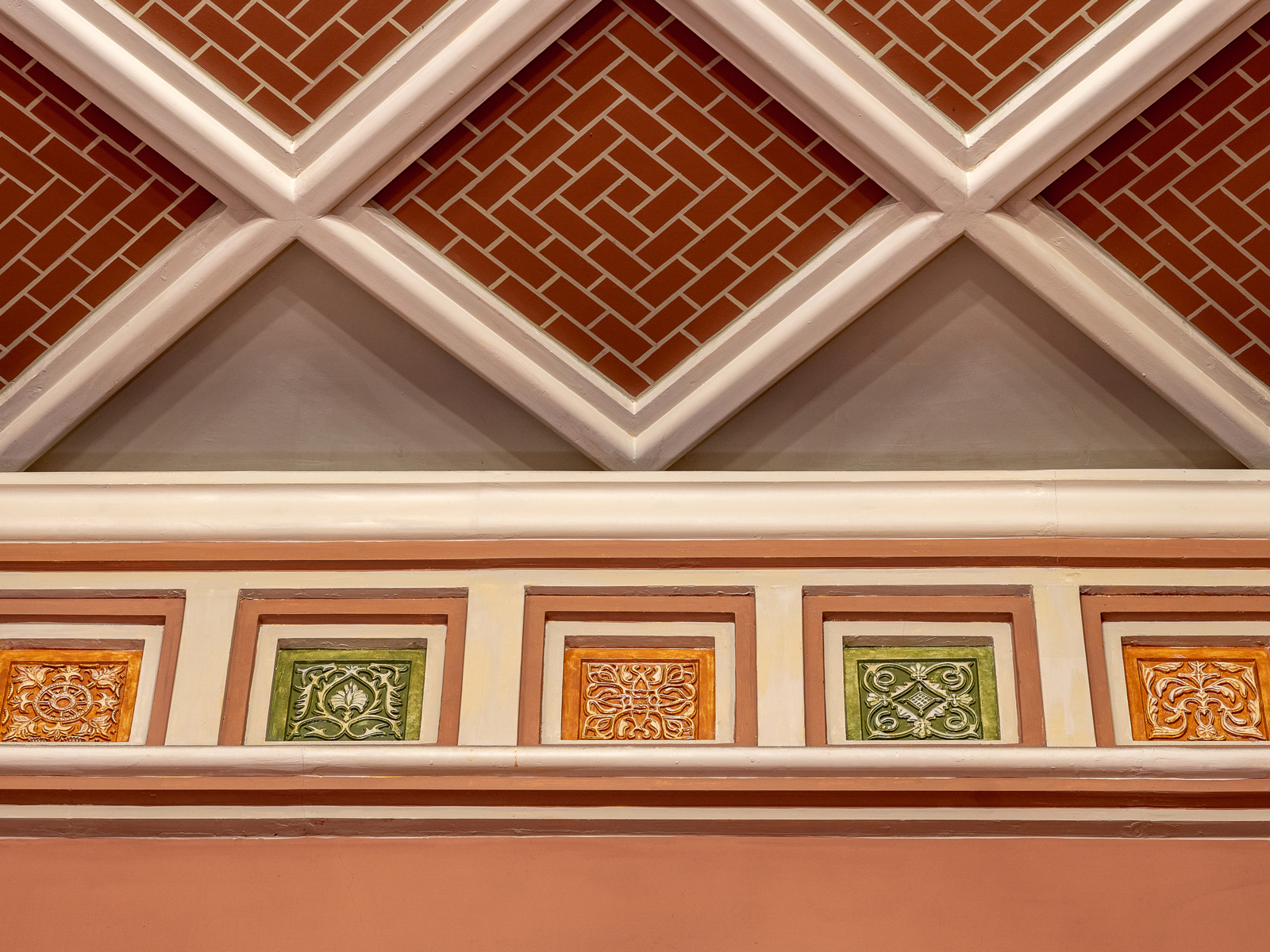

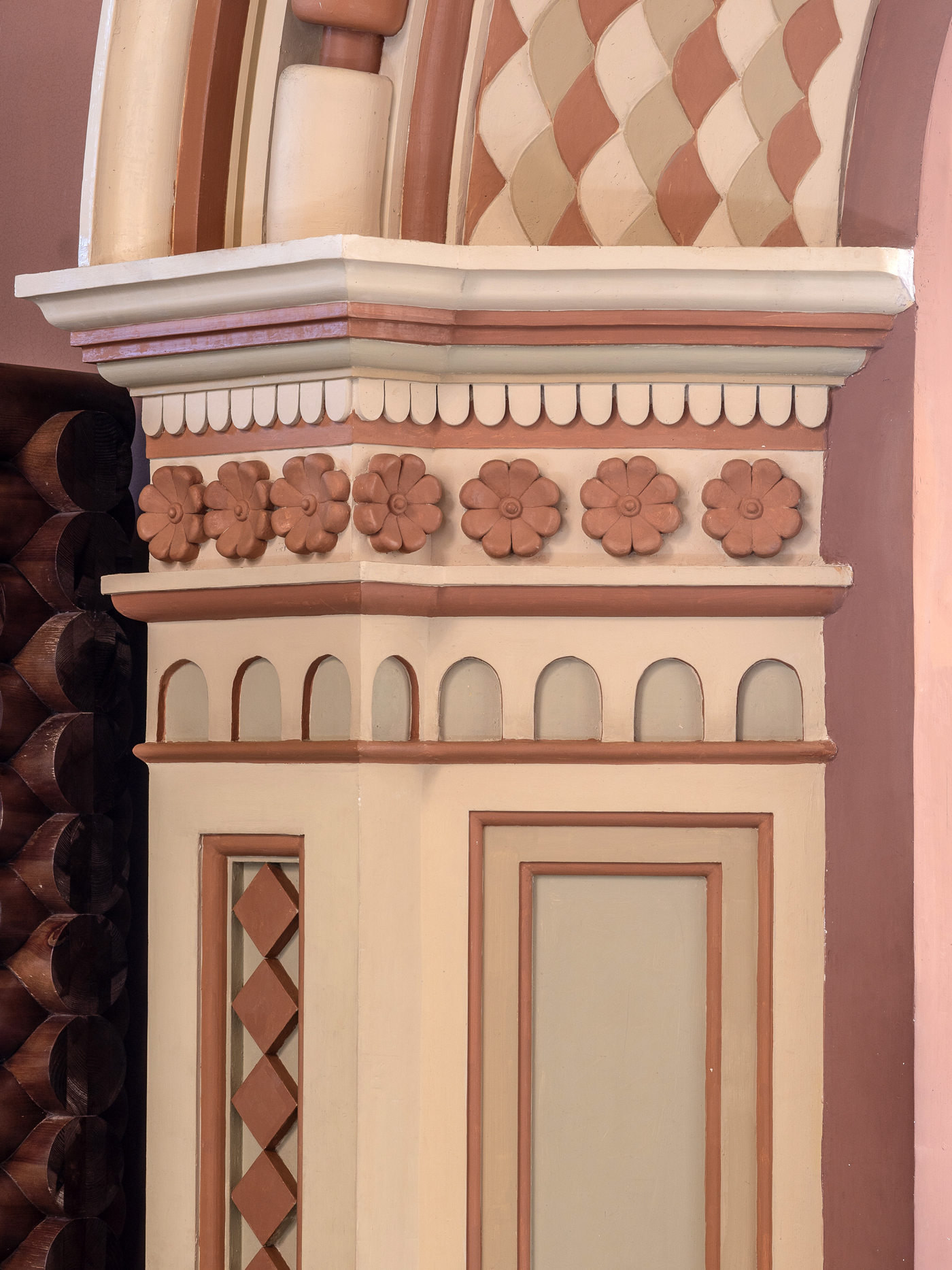
In the XVI–XVII centuries, the Russian state appended the territories from the Urals to the Pacific Ocean, that almost doubled territory of the country. The inclusion of Siberia, the development of its natural resources became the key to further economic prosperity of Russia.
The Trans-Urals have long attracted the Russian Tsars and merchants with its wealth. After the conquest of Kazan and Astrakhan by Tsar Ivan IV the Terrible (1530–1584) in the middle of the XVI Century, the Siberian Khanate recognized vassal dependence on Russia, but some time later Khan Kuchum refused to pay tribute to Moscow. The Siberian Tatars resumed raids in the border areas, that hurt the interests of the rich Solvychegodsk merchants and industrialists Stroganoffs who had become actual owners of the Urals. To fight Kuchum Stroganoffs furnished armed expedition, headed by Ataman Ermak Timofeyevich (1532–1585). In 1582, the Cossack detachment defeated the Tatar army and occupied the capital of the Siberian Khanate – Kashlyk.
Land of Siberia was actively inhabited by Russian migrants. Besides industrial and serving people, craftsmen and peasants came there, they started search for metal ores and developed farming. Active construction of cities and fortresses was carried out. The local population paid Yasak (tribute in fur) to the Russian government, first of all in Sables. The fur trade was a state monopoly, the income from which made up almost a quarter of all revenues of the Treasury.
A special role in exploration of Siberia belonged to Mangazeya, the first Russian city in the Arctic. The routes to Mangazeya land where the ancestors of modern Enets lived had been paved by Pomory in the late XV century. The Town until the middle of seventeenth century remained a center of the fur trade. It was built on the river Taz in 1601, describing the richness of Mangazeya, contemporaries called her the "Gold boiling Mangazeya".
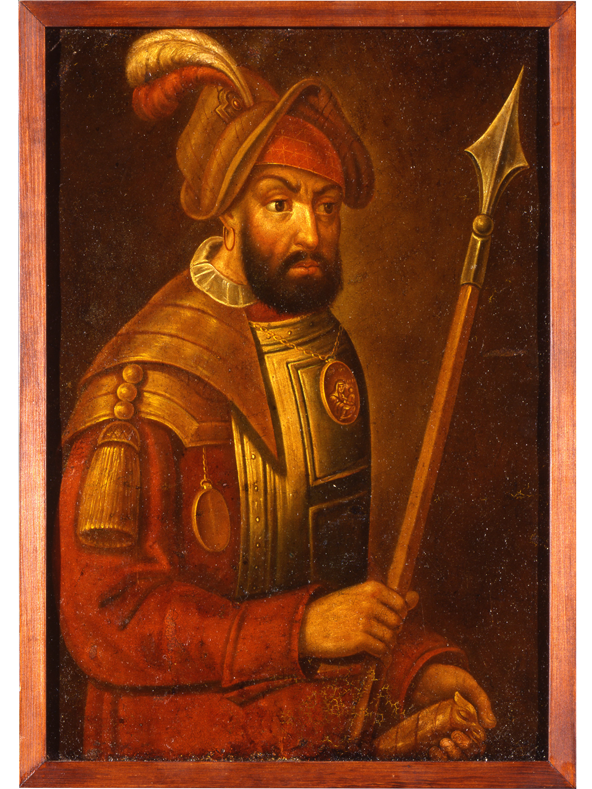

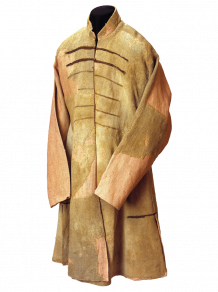


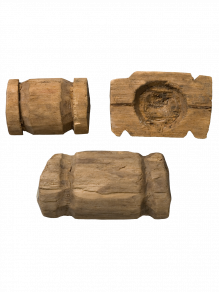




Initially, rooms 17–19 were designed as a single complex for the exposition dedicated to the era of Ivan IV the Terrible. The layout of those rooms remindsd of the old Russian "triplet", when two smaller "crates" were attached to both sides of the big. The carefully planned program of decoration of the halls was elaborated by the great expert of Tsar’s (Royal) life, one of the founders of the Historical Museum Ivan E.Zabelin. According to the scientist, the details of the interior of those three halls shall repeat elements of stone carving, ceramics and polychrome painting of monuments of the XVI century. The main model for copying was the Intercession Cathedral (better known as St.Basil's Cathedral), built in 1555–1561 on the southern side of the Red Square as a monument to the victory over the Kazan Khanate.
In the mid-1880s, the architect Alexander P.Popov made first sketches of the halls and drawings of mosaic floors. Decoration works started in 1898. In 1936 the halls suffered a ruthless reconstruction: the stucco molding was demolished and the painting was whitewashed. In the 1990s the restorers had to restore the surviving fragments of the decoration and reconstruct the lost decoration bit by bit.
The main decoration of this small hall was a decorative perspective portal, copying the southern portal of the Central Church of the Intercession Cathedral. Stucco of its internal arches reminds serpent’s scales; the outer border is a pattern of large carved beads. The ceiling of the hall in a reduced scale repeats the flat, painted "brick" ceiling of the Western gallery of the Intercession Cathedral. Along the perimeter of the upper part of the walls is a cornice of plaster castings, imitating the tiles of the XVI century.



